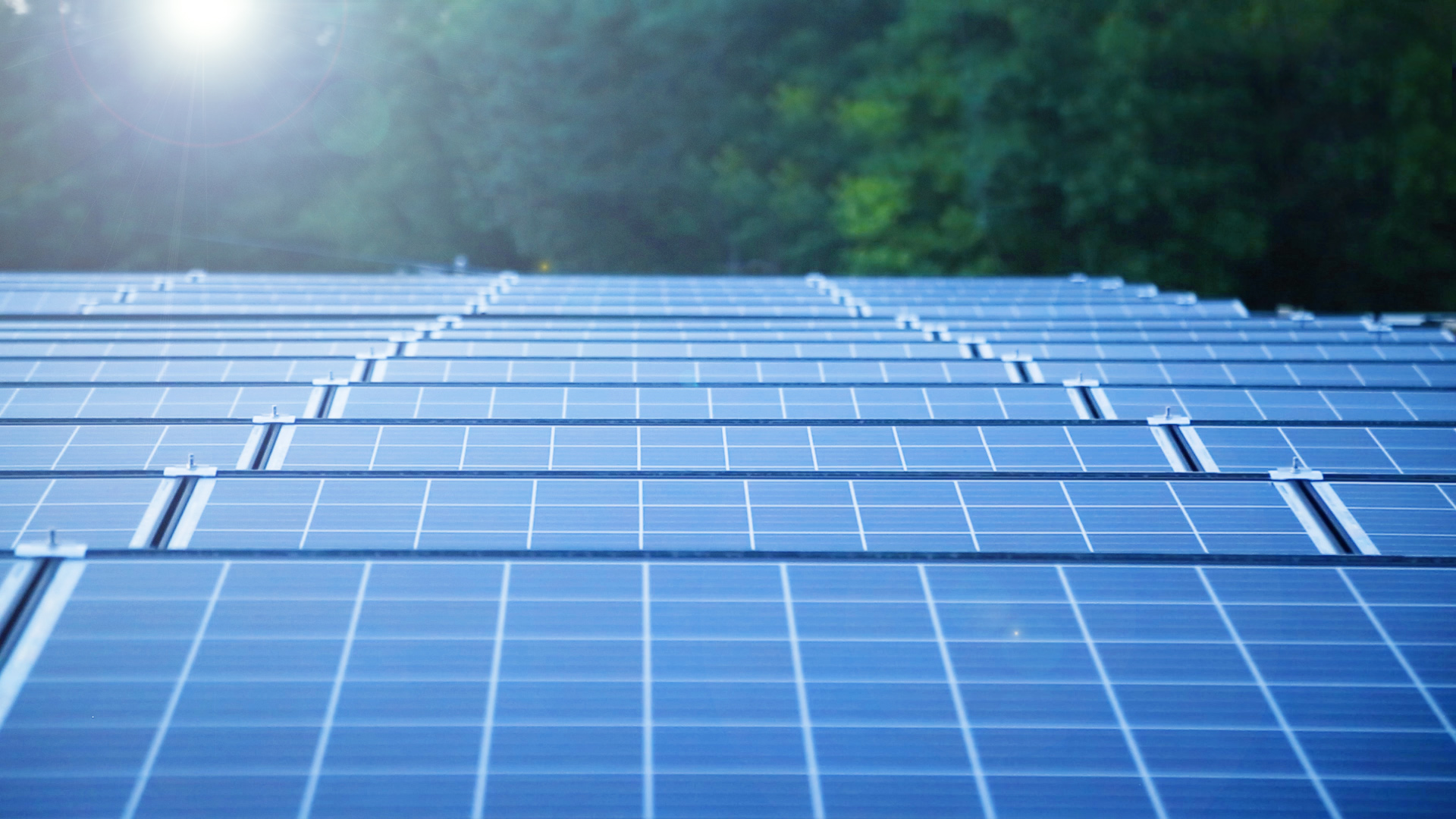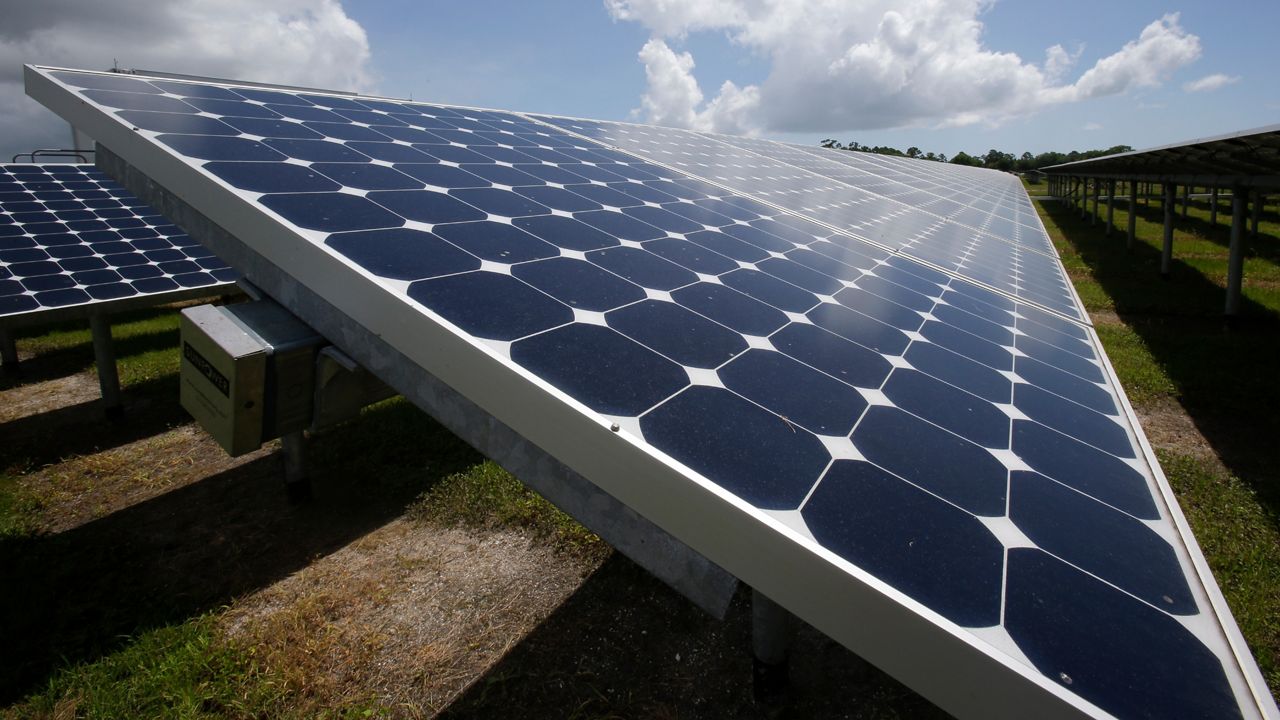
Introduction
Solar energy has emerged as a crucial solution in the fight against climate change, and the Clean Power Plan aims to capitalize on its potential. This article explores the world of solar energy and its role in promoting a sustainable future. By understanding the historical background, key concepts, and current trends, readers will gain a comprehensive understanding of this vital topic.
Historical Background
Solar energy has a rich history dating back thousands of years. Humans have recognized the power of the sun, from the ancient Greeks’ use of magnifying glasses to concentrate sunlight for starting fires to the development of solar-powered steam engines in the 19th century. However, it wasn’t until recent decades that solar energy became a viable and widely adopted energy source.
In parallel, the Clean Power Plan was introduced in 2015 by the Environmental Protection Agency (EPA) as a comprehensive initiative to reduce carbon emissions from power plants. This landmark regulation aimed to address the growing concerns related to climate change and the environmental impacts of traditional energy sources.
Key Concepts and Definitions
Solar energy refers to the harnessing of the sun’s rays to generate electricity or heat. This renewable energy source can be captured through various technologies such as photovoltaic panels and solar thermal systems. On the other hand, the Clean Power Plan is a policy framework that sets specific targets for reducing greenhouse gas emissions from power plants. Its primary objectives include mitigating climate change, improving air quality, and promoting the transition to cleaner energy sources.

Main Discussion Points
The benefits of Solar energy
Solar energy offers numerous advantages, both environmental and economic. By reducing carbon emissions and air pollution, solar power contributes to combating climate change and improving air quality. Additionally, the adoption of solar energy creates new job opportunities and helps reduce energy costs for consumers. As the technology continues to advance, these benefits will only become more significant.
Overview of the Clean Power Plan
The Clean Power Plan sets ambitious goals and targets to reduce carbon emissions from the power sector. By implementing strategies and policies such as increasing renewable energy generation and improving energy efficiency, the plan aims to transition the United States towards a cleaner and more sustainable energy future. This comprehensive approach ensures that multiple avenues are explored to achieve the desired environmental outcomes.
Impact of the Clean Power Plan on Solar energy
The Clean Power Plan plays a crucial role in promoting the adoption of solar energy. It offers incentives and support for solar power installations, making it more financially viable for both individuals and businesses. Furthermore, the plan emphasizes the integration of solar energy into the power grid, ensuring a seamless transition towards a renewable energy landscape. These measures not only enhance the viability of solar energy but also contribute to the overall success of the Clean Power Plan.
Case Studies or Examples
Success story of a city or region implementing Solar energy and the Clean Power Plan
The city of Austin, Texas, provides an exemplary case study of successful implementation. Through its commitment to clean energy, Austin has become a leader in solar installations and renewable energy investments. The city has harnessed the power of solar energy while complying with the Clean Power Plan, showcasing the feasibility and benefits of the plan’s objectives.
Challenges faced and lessons learned from a specific Solar energy project
The Ivanpah Solar Electric Generating System in California faced challenges related to avian wildlife impacts and high construction costs. However, lessons learned from this project have shaped future endeavors, emphasizing the importance of comprehensive environmental impact assessments and proactive mitigation measures. These case studies serve as valuable insights for future solar energy projects.
Current Trends or Developments
The adoption of solar energy has been steadily increasing worldwide. Advances in technology have improved efficiency and reduced costs, making solar energy an attractive option for both residential and commercial applications. Recent research findings have also focused on enhancing solar energy efficiency and exploring cost-effective solutions to further drive its adoption. Additionally, updates on the implementation and potential revisions of the Clean Power Plan ensure its continued relevance in the face of evolving energy landscapes.

Challenges or Controversies
While solar energy and the Clean Power Plan have gained widespread support, they are not without their critics. Some argue that solar energy production requires vast amounts of land and can have unintended environmental consequences, such as land degradation and habitat fragmentation. Additionally, opponents of the Clean Power Plan raise concerns about the potential economic impacts on traditional energy industries. Addressing these criticisms and challenges is crucial to ensure a balanced and informed approach towards a sustainable future.
Future Outlook
The future of solar energy looks promising. Technological advancements, such as improved storage solutions and more efficient photovoltaic cells, will continue to enhance its viability. Moreover, as the global commitment to combating climate change strengthens, it is likely that the Clean Power Plan will undergo revisions or be replaced with more comprehensive and ambitious policies. The continued growth and advancements in solar energy technology will play a pivotal role in shaping our future energy landscape.
Conclusion
Solar energy and the Clean Power Plan are instrumental in addressing the pressing environmental and energy challenges of our time. By harnessing the power of the sun and implementing comprehensive policies, we can create a sustainable future. It is essential to recognize the benefits, challenges, and potential advancements in solar energy technology while ensuring the continued progress of the Clean Power Plan. Together, these elements pave the way for a greener and cleaner world.




